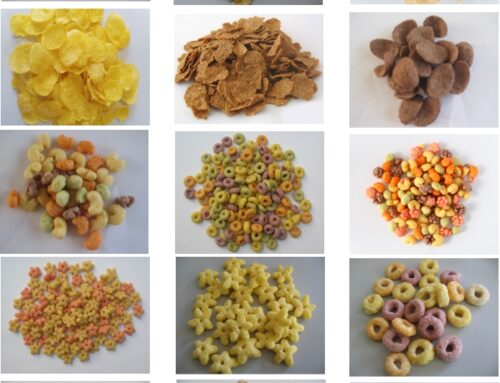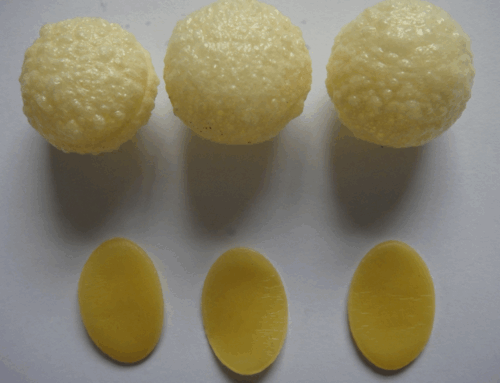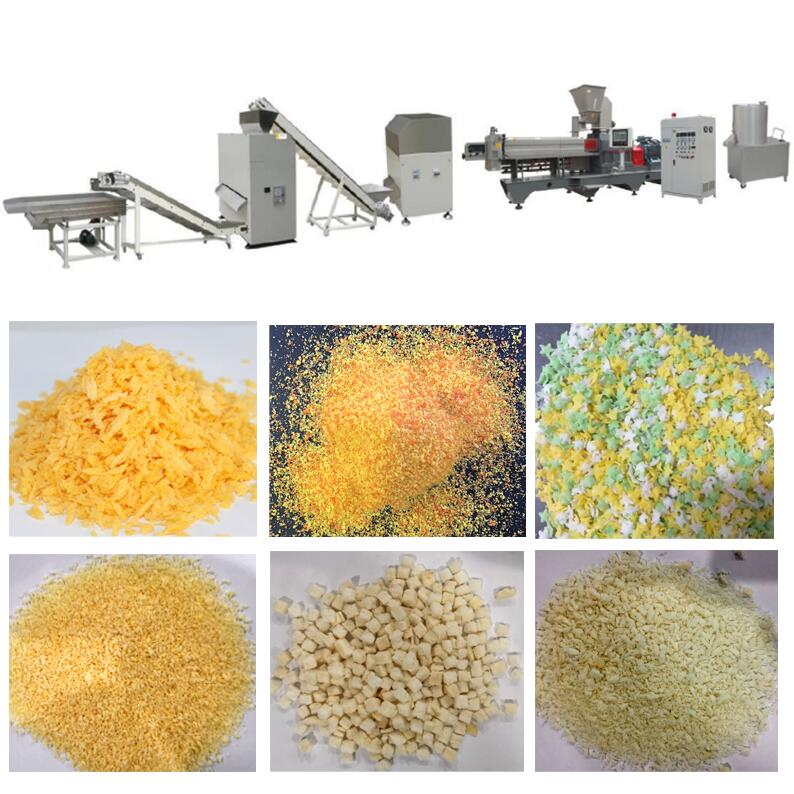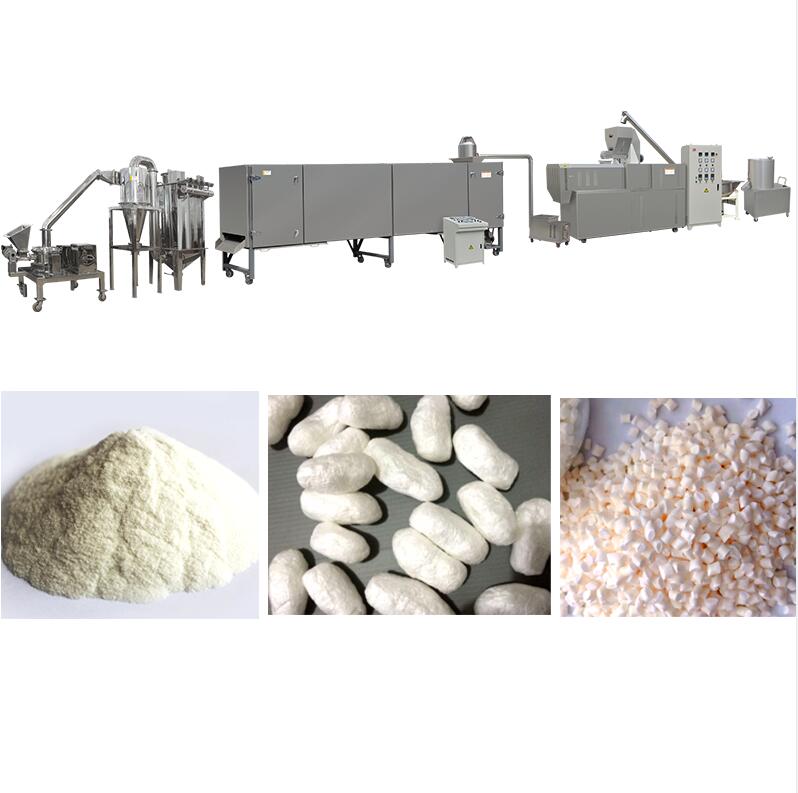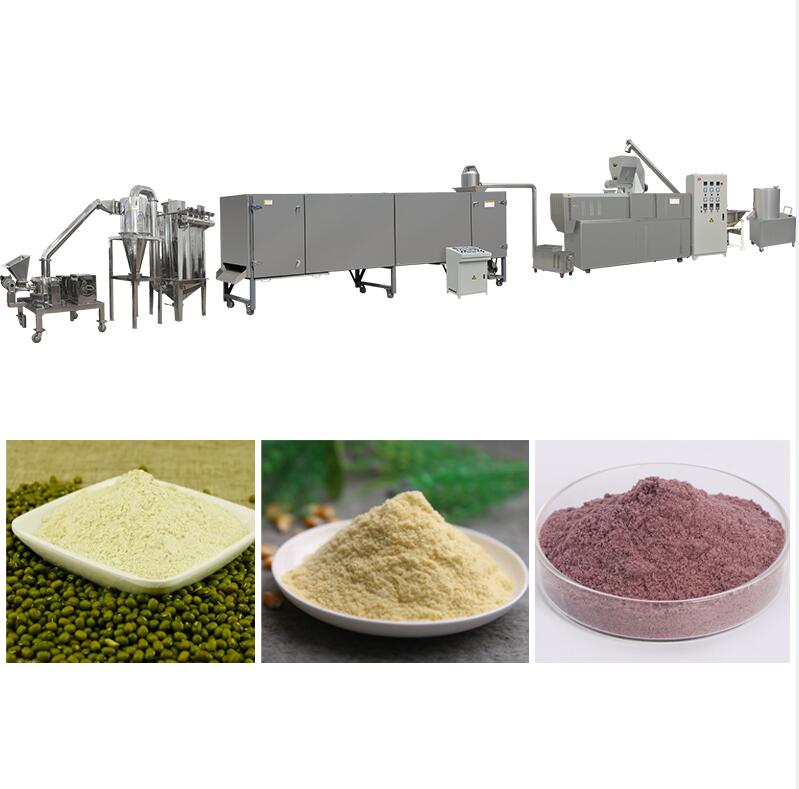The difference between fish feed in pellet process and extrusion process
In early aquaculture, moist natural products such as low-value fish or waste from slaughterhouses and fisheries were used as food sources. The preparation of this feed does not require very advanced technology, except for grinders, mixers, etc.
Today, aquaculture accounts for 50 percent of global fish consumption, and forecasts show that it will increase in the coming years. This rapid growth has also led to rapid development of technologies used to produce aquaculture feed.
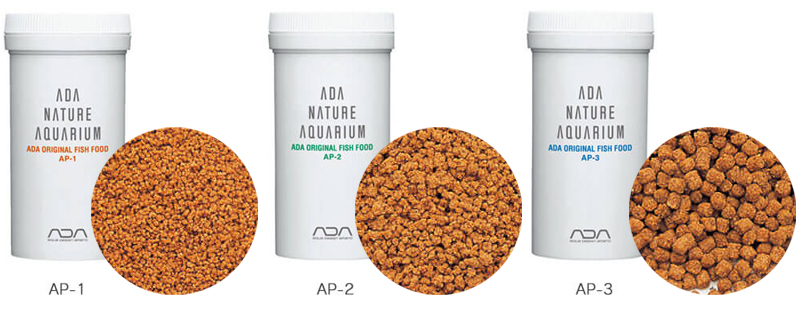
Specific aquaculture feeds have unique characteristics that differentiate them from other types of animal feed. They have a high protein and fat content, and at the same time, they require certain properties such as buoyancy and stability in water.
Today, dry feed is widely used because it is easy to obtain, transport, store and distribute, and has achieved good results in terms of growth and conversion rates.
Today, the two most widely used technologies for producing aquaculture feed are pelleting and extrusion. Feed produced by these methods is denser, has a lower water content and holds better. One of the main differences between pellets and extruded feeds is that while pellets sink, the buoyancy of extruded feeds can be controlled during the manufacturing process. However, extrusion has other advantages, which we’ll look at now.
Both manufacturing processes have common stages, but the granulation or extrusion stage is what differentiates the final product.
Pelletization involves compacting small particles into larger ones, a process in which humidity, temperature and pressure all play a role. One of the main advantages of pellet feed compared to extrusion technology is that it is less expensive to manufacture; however, it has a number of disadvantages that can be addressed by extrusion technology. One of the biggest disadvantages of pelleting is the rapid rate of sinking (an estimated 10% to 15% of pelleted feed is lost to sinking), which means higher feed costs, lower product margins, and environmental impact due to pollution bigger. Additionally, the nutrients in pellets dissolve faster in water, which makes it a lower quality fish feed than extruded feed.
The extrusion process is common today because it can be used to create a variety of feeds, whether buoyant, fast or slow sinking, depending on the needs of each species.

Extrusion is a process involving high temperatures and short times that minimizes nutrient loss while improving starch and protein digestibility compared to pelleted foods. Extrusion is a process in which the food is not only compressed, as in pelleting, but also “cooked”, which is why it requires higher humidity, temperature and pressure than pelleting. When it leaves the extruder, all of these requirements must be met to achieve the desired degree of overrun. Furthermore, as mentioned above, its other advantages include less contamination, longer stability in water (from 12 to 36 hours) while maintaining all its nutrients, better digestibility, high efficiency, and high conversion rates. Therefore, extruded feed is a high-quality product that increases the profitability of fish farms.
Reprint from:https://derwent.es/en/pellets-versus-extruded-feed/


